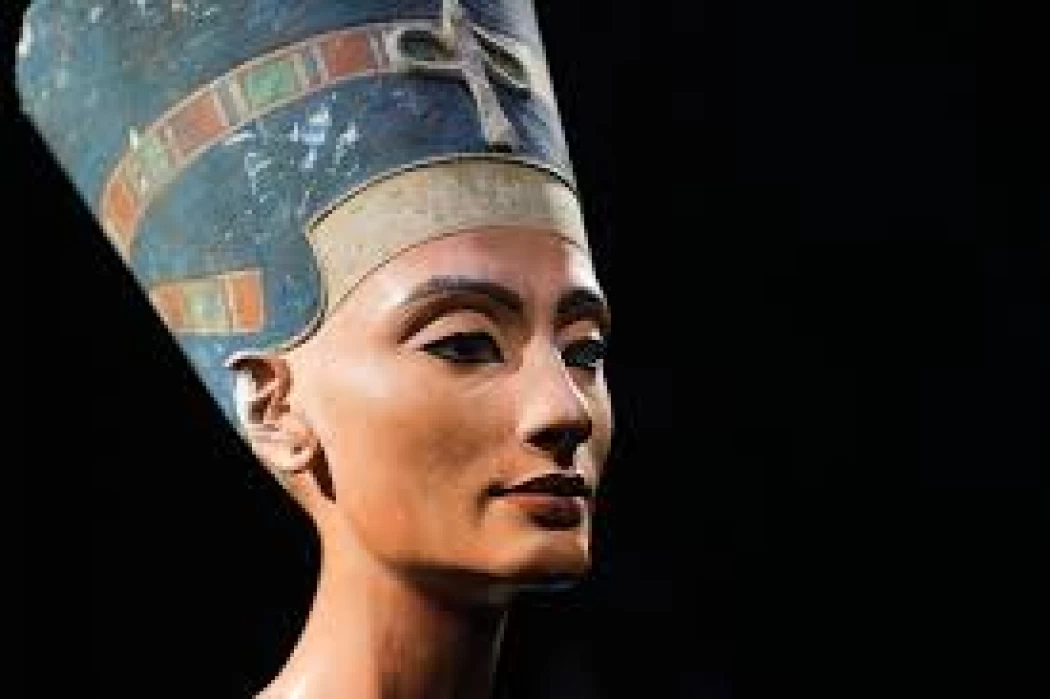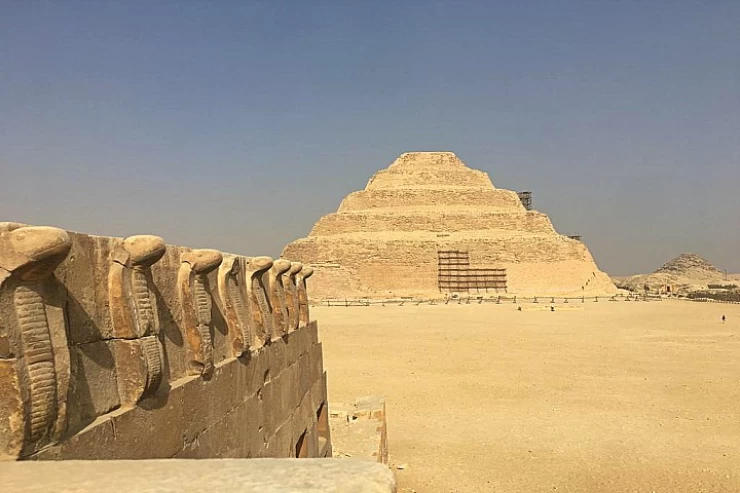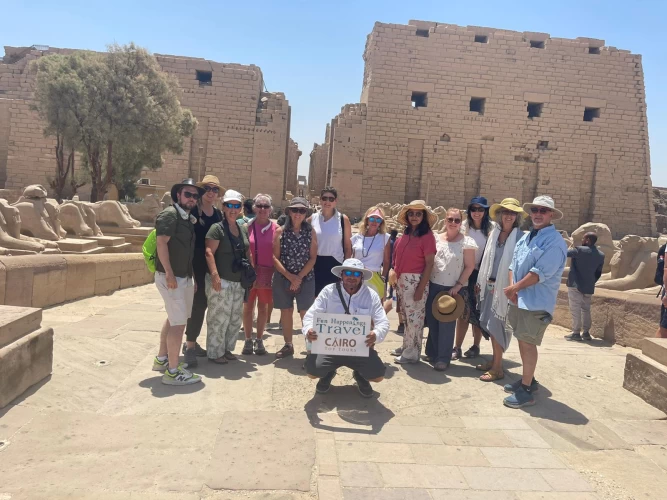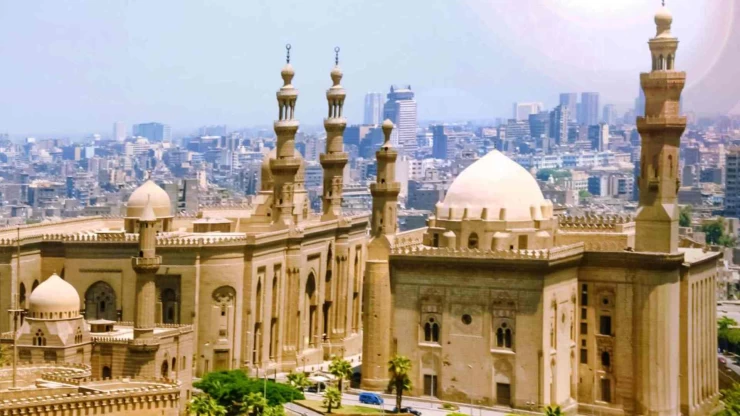
Queen Nefertiti
Queen Nefertiti
Nefertiti, the wife of King Akhenaten is undoubtedly one of the most fascinating figures of the New Kingdom and of all Egyptian history. Much has been said about Nefertiti's beauty, and its origins, and recently some have even questioned the authenticity of the famous portrait.
In the fifth year of his reign, Amenhotep IV changed his name to Akhenaten, removed the religious traditions of Egypt, closed the temples, and declared Aten the one true god. While it is possible he created monotheism out of a true religious belief, it is more probable that they stopped the power and wealth of the priests of the god Amun, whose cult was extremely popular.
The famous bust of Nefertiti exhibited at the Berlin Museum is a small sculpture fifty centimeters high. It was founded in Amarna, on December 6, 1912, by a German team led by Ludwig Borchardt.
This fascinating masterpiece, in reality, is only an unfinished model, half left by the craftsman when he left for Thebes. The very particular crown worn by Nefertiti allows it to be identified with certainty. The elegance of the neck, the purity of the face, and the sweetness and serenity of the expression testify to the skill of the sculptor, and the beauty of the queen.
Nefertiti was the perfect person to spearhead her husband's planned religious revolution because she was a devout devotee of Aten, the Egyptian god of the solar disk. She rose to become one of the most potent pharaohs in the history of the empire rather quickly.
One of the most ruthless and enigmatic Egyptian queens in ancient Egypt was Queen Nefertiti. She was a monarch and Akhenaten's Great Royal Wife. More often than any other queen in Egyptian history, Nefertiti is portrayed side by side with her husband in wall paintings found inside tombs and temples.

















